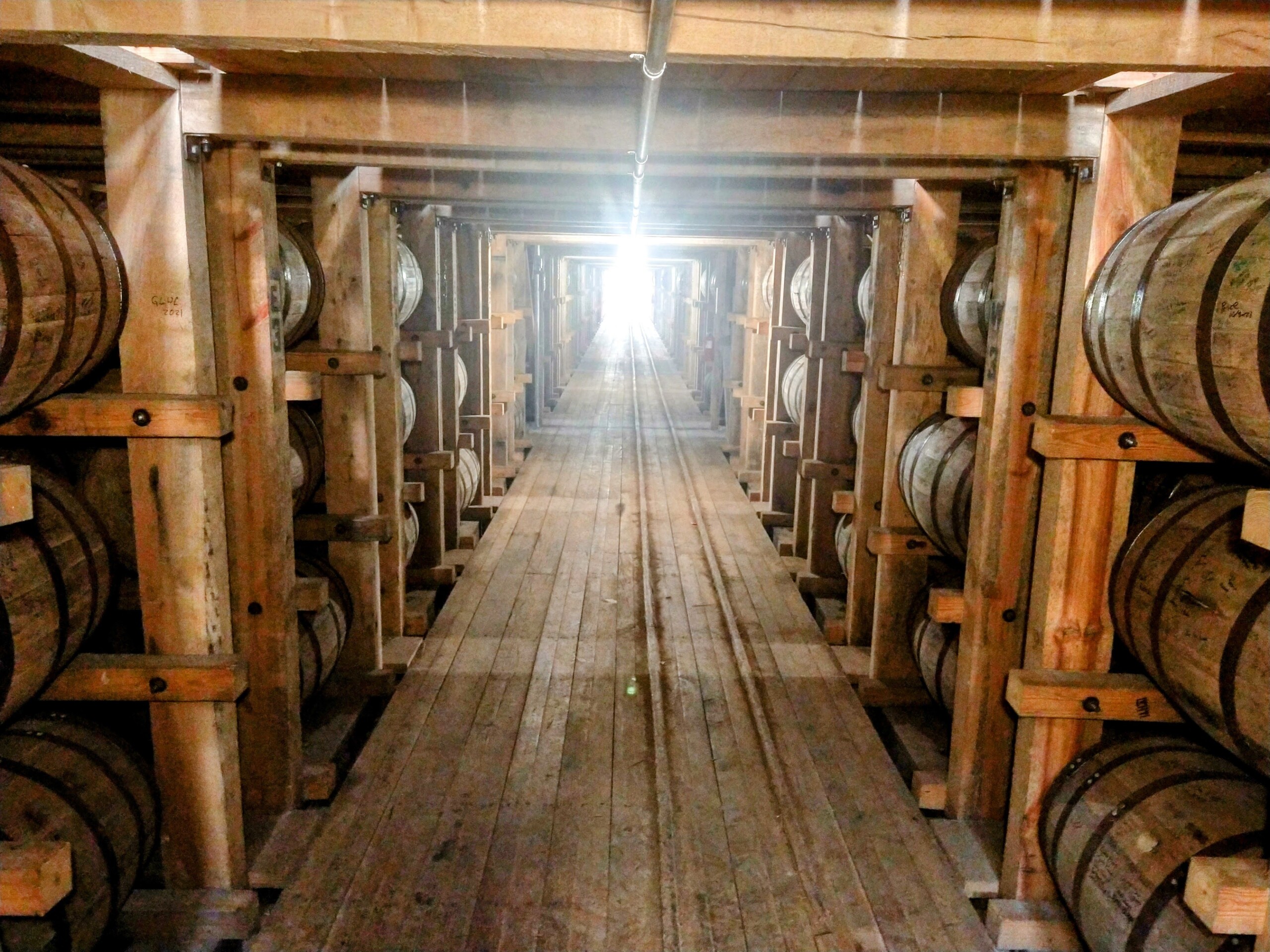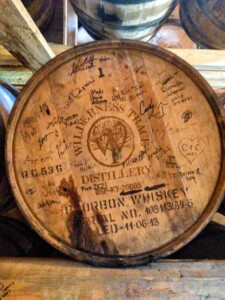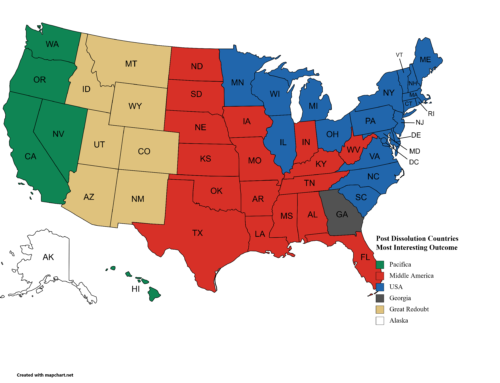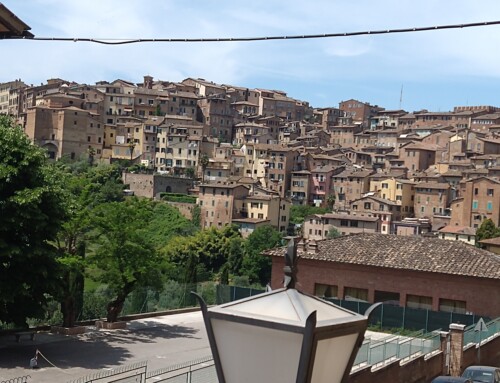With bourbon production up 435% in the last two decades, the state of Kentucky has a lot to be pleased with. Distillers are building rickhouses as fast as they can. Companies specializing in building rickhouses are backed up. Distillers who once claimed all local grains now claim to be able to source local grains as the local growers are simply unable to raise enough to meet even a single distillery’s grain needs. That is good news for corn, wheat and barley growers across the country. It is great for local jobs. The downstream implications of the increase of bourbon sales seems great for everyone. Except for American forests.
One consequence of the bourbon boom in America is the looming collapse of white oaks in the United States. By law, bourbon must be barreled in new charred American Oak barrels. Because of the particular chemistry of White Oak (Quercus Alba) cells, the wood allows some amount of liquid to penetrate barrel staves while remaining waterproof on the whole. So while the law says American Oak is required, White Oak is truly desired. Up until relatively recently, the number of White Oaks in the United States was probably sufficient to allow natural replacement when trees are harvested for making into barrels. This might be a general hope since prior to the boom in bourbon circa 2000, few people, if any, studied the number of White Oaks cut down annually compared to new growth projected into the future sufficient to equal how many barrels were required.
Presently, about 2.5 million barrels of bourbon are filled each year Kentucky alone. With each mature White Oak able to provide one to three barrels, were talking over a million White Oaks harvested each year. More when non-Kentucky bourbon distillers are added. With each White Oak taking 60 to 80 years to mature to the point it is ripe for cooperage, there is no natural way to accelerate White Oak growth to match the demand for barrels. Bloomberg published on its Odd Lots Podcast an interview with Calvin Norman, a Penn State Forestry professor, about the impending shortage of White Oaks for the bourbon industry. He discussed why White Oak is important and why other oaks are less viable. I recommend listening to the podcast.
So what might the bourbon industry do going forward? We can foresee some possible options for the industry. The industry is certainly strong enough to propose changes to the law, which Congress would certainly grant upon request. The question is when and under what conditions would such a legal request be made. For example, it is entirely foreseeable the industry might ask Congress to change the law for bourbon from American Oak to American Hardwood. That would make possible the use of Hickory, Beech and Cherry in barrels. Those woods are as American as White Oak and could be used in future bourbon with a simple change of the law. In fact, as several distilleries are using other Oak species such as Chinkapin in their barrels, consumers would likely pay a premium for other woods in a true bourbon. Sure, the flavor would vary, but just as bourbon drinkers enjoy the varieties of different mash bills in different bourbons, so would they like to discern different flavors of different woods in barrels. What other implications might there be for the long term future of whiskey in the US?
First, I would predict there will be a rapid testing of other Oak species, especially fast growing ones such as Pin Oak, to augment White Oaks before they are gone from our forests. Like human populations, which, once demographic decline reaches a tipping point, the populations begins to drop rapidly with little possibility of leveling out before reaching some natural low equilibrium, so it will be with White Oaks. We’ve almost certainly blown through that tipping point without realizing it. This is a true tragedy of the commons.
There are likely some cooperages and distillers who use Pin Oak barrels already. I can foresee a time when cooperages and distillers are purchasing large tracts of land to grow long rows of tall Pin Oaks plantation style. Pin Oaks are fast growing, relatively short lived oaks (80-100 year life span), which nevertheless grow to impressive size. Grown in long rows they would grow very tall and straight and could be farmed for barrels in the future. The same would be true for the very fast growing wild Black Cherry should that tree ever be allowed by law to be used in bourbon barrels.
Second, it is reasonable to foresee distillers both introduce and expand production of other spirits so as to make use of bourbon barrels already in use. Since the law mandates bourbon be barreled in new barrels, distilleries have traditionally sold their barrels to Scotch, Irish Whisky, and Rum producers for barreling their products. I foresee a rapid end to this practice. Instead American distillers will produce bourbon, under one set of law, and American Whiskey, American Single Malt and brandies of various fruits to reuse one of their most valuable process ingredients, their barrels.
This will allow for stratification of American spirits as well as an explosion of varieties. It allow each distillery the freedom to experiment with different spirits to reuse their existing processes and pipelines in order to reuse their barrels. It would incentivize each distillery to expand their offerings since their return on making new spirits would be far higher than the price they get for each barrel today. The outstanding Spanish Brandy de Jerez is aged in American Oak Sherry casks, which means they were sourced from bourbon distilleries originally. That’s thrice used to make each liquid better than it was before it went in the barrel. Imagine even a relatively small distillery like Wilderness Trail with the largest of it’s planned 13 rickhouses storing 24,400 barrels reusing them all for subsequent spirits after bourbon. It would be easy to imagine bottom shelf bourbons disappearing from the market and being replaced by one or more lines of higher end spirits from each distillery.
This could also cause a massive crisis among the Scotch, Irish and Rum producers as their barrel pipeline will almost assuredly decline to the point where they wouldn’t be able to maintain current production without sourcing other barrels. Of course, they could try to find their own supply chains or contract out with American bourbon distillers but the barrel prices would increase dramatically for them. Add to that the amount of American Single Malt that will be produced and it is conceivable that the US market for Scotch will begin to gradually decrease. That won’t put Highland Single Malt producers out of business, but it will mean their business will be more concentrated in Europe.
Are individual distilleries planning ahead for the coming changes? It certainly seems that some are. The number of American Whiskey and American Single Malt products produced by mainline American distillers is rapidly growing. Bourbon made with Chinkapin Oak barrels are more expensive than White Oak bourbon. It may or may not be distinguishable in taste. The point is American distillers are going to both decimate the White Oak population in the United States and learn from that experience to expand and grow their products as a result. I hope I survive to see this new era mature.








Leave A Comment